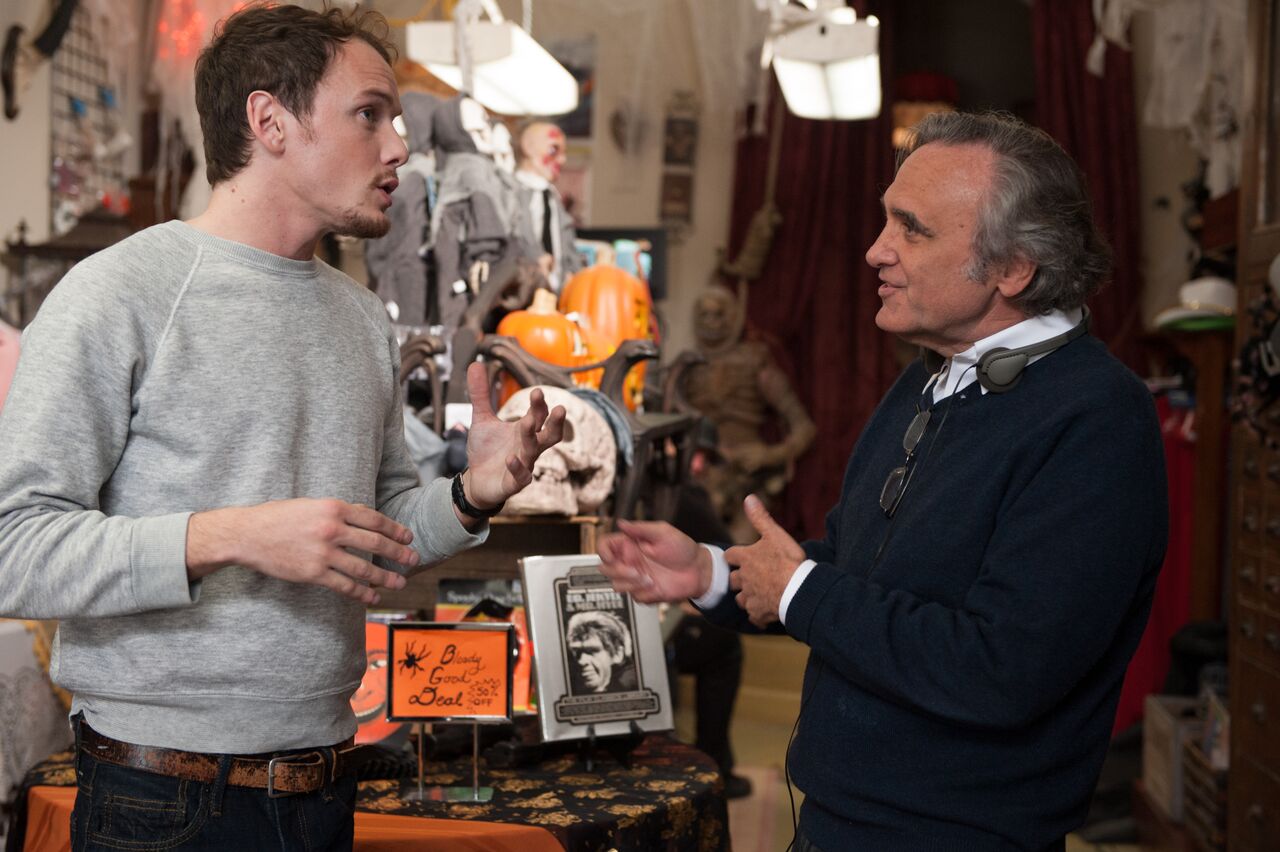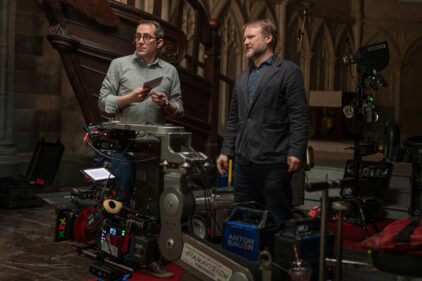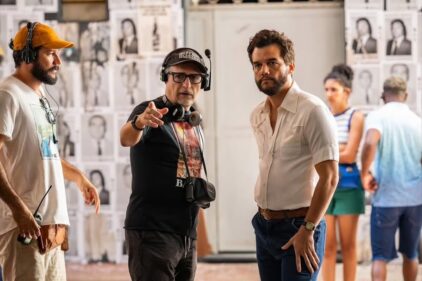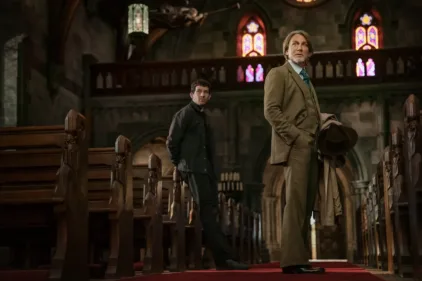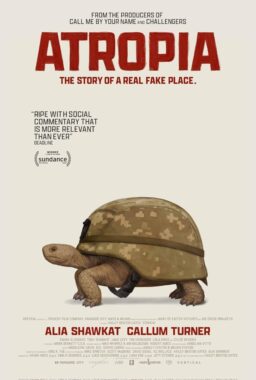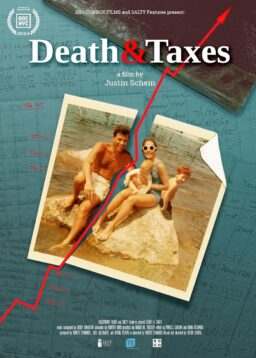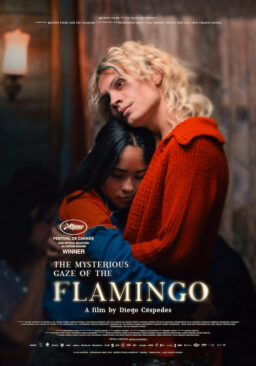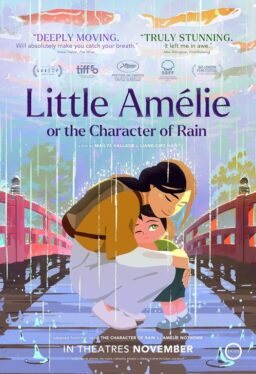Although
he may have never enjoyed the kind of instant name recognition of the likes of
such contemporaries as Steven Spielberg, George Lucas or Robert Zemeckis, the
appearance of Joe Dante’s name on a new film is a cause for celebration for
most film fanatics. A lifelong film buff, Dante spent the formative
years of his professional life working as a film critic, slaving away in the
trailers department of Roger Corman‘s New World Pictures and assembling
“The Movie Orgy,” a 4 1/2 hour epic in which he and friend (and
future film producer) Jon Davison compiled bits and pieces culled from old
movies, TV shows, trailers, commercials, newsreels, nudie shorts cartoons and
other pop cultural detritus into one mammoth narrative, before getting his
first big break when he and co-director Allan Arkush bet Corman that they could
make the cheapest film in his studio’s history.
After that film, “Hollywood
Boulevard” (1976) Dante began a directing career that would include the
likes of “Piranha” (1978), “The Howling” (1981),
“Gremlins” (1984), “Explorers” (1985),
“Innerspace” (1987), “The Burbs” (1989), “Gremlins 2:
The New Batch” (1990), “Matinee” (1993), “Small
Soldiers” (1998), “Looney Tunes Back In Action” (2003) and
“The Hole” (2009)–films that oftentimes beautifully blended together
humor, elements of fantasy and/or horror, trenchant political commentary,
disarming sincerity and a love for the B movies of his youth that would
manifest itself on screen in the form of in-jokes, judiciously selected clips
and supporting casts populated with veterans of those films, most notably
venerable character actor Dick Miller, who has appeared in nearly all of
Dante’s films. Although never attain the consistent commercial success of his
contemporaries (the original “Gremlins” remains his only smash hit at
the box office), his films have stood the test of time and many of the ones
that underperformed at the box office when they were initially released, such
as “Explorers,” “The Burbs” and “Gremlins 2,”
have gone on to develop large and devoted cult followings in recent years.
In his
latest film, “Burying the Ex,” Dante returns to the kind of horror-comedy
hybrid that marked his earliest screen work. In it, a nerdy genre buff (Anton
Yelchin) moves in with his overly controlling girlfriend (Ashley Greene) and
immediately regrets the decision, especially after he meets a girl who is just
as big of a horror fanatic as he is and looks like Alexandra Daddario to boot.
Alas, he cannot work up the nerve to break up with his girlfriend but when he
finally pulls himself together to do so, fate intervenes in the form of a
grisly accident that kills her. A few weeks later, he is about to finally
connect with the aforementioned dream girl when his former girlfriend returns
from the grave and is determined to keep their relationship going at all costs,
regardless of her continual decay or propensity for projectile vomiting
embalming fluid at inopportune times. Although a zombie film in the broad
strokes, this isn’t so much another tale in the vein of “The Walking
Dead” as it is an homage to the lurid EC comics from the Fifties that also
includes the usual in-jokes, gross-out moments and even a brief appearance from
Dick Miller.
To
promote “Burying the Ex” (which opens this weekend in a few theaters
and will also be available on VOD), Dante, who also spends him time directing
for television (including “Hawaii Five-0”) and curating the Trailers from Hell website (in which he and other filmmakers screen and discuss old
movie trailers), got on the phone to discuss the film, his thoughts on the
state of film culture today and the current cult status of some of his more notable
films.

From the earliest days of your career, you combined horror
and comedy in films such as “Piranha,” “The Howling” and
“Gremlins” and that fusion continues in “Burying the Ex.”
In what ways has your approach to combining those two distinct genres changed
over the years?
It has
changed in the sense that the audience has changed. The audience that I was
making “Piranha” for was seeing it in drive-ins and grindhouses while
the audience for “Burying the Ex” is probably not even seeing it in a
theater–they are probably going to see it on VOD. The world is different–the
movies are not even shot on film anymore–and I think the sense of what is
funny and the acceptance of black humor has changed. We got a lot of bad
comments about “Piranha” because we killed off all those summer
campers and it wasn’t even the end of the movie, which was black humor then and
kind of shocking. Today, I don’t think that would shock anybody. I think you
are now dealing with an audience that is so much more sophisticated and aware
of the cliches and tricks and tropes of the genre and you have to be on your
toes in order to keep their interest.
“Burying the Ex” marks your second exploration of
the zombie sub-genre, following your acclaimed “Masters of Horror”
episode “Homecoming.” Since zombies seem to have replaced glittering
vampires as our monster du jour, what is it about them that explains their
current popularity in your mind?
That is
true–they have supplanted the werewolf and the vampire, which are essentially
European myths. Zombies, since “Night of the Living Dead,” have been
regarded as a more American form of monster even though their precedence are
the Caribbean zombies from the voodoo movies–as soon as people started coming
out of their graves, people just started calling them zombies and now any
walking dead person is considered a zombie. It is really only incidental that
the character in this movie is a zombie because you could make the same
picture–well, maybe not the same picture, but something like it–because it is
about the situation of somebody losing somebody and having them come back is as
old as “The Monkey’s Paw.” I didn’t specifically look at it as a
zombie movie when I was making it–I was thinking of it more as a comedy.
It has the look, feel and humor of one of the old EC horror
comic from the Fifties–I don’t know if that aspect was a part of the original
short that this film is based on as I have not yet seen it.
I have to
admit that I haven’t seen it either, so I don’t know. It does play a bit like
the lost episode of “Creepshow” and it does have a comic book quality
to it. The whole millieu that it takes place in–the cinephile underground of
Los Angeles–is a very comic book convention type of place.

The film also blends the zombie-like elements with smaller
and more intimate relationship stories, not unlike some recent films as
“Warm Bodies,” “Life After Beth” and “Maggie.”
The irony, of course, is that it predates all of those similar projects, at
least in terms of the short film.
This one
was written in 2008 and we have been trying to get it made for a number of
years, obviously. In the interim, these ideas wound up floating around in the
zeitgeist and there have been several films with somewhat similar premises that
have come out or are about to come out. I am not quite sure why that is. I
don’t think it is anything intentional because I didn’t even find out that
these other films even existed until they were all in production. It is just
one of those things.
That has happened to you a couple of times in your
career–“The Howling” came out during the mini-werewolf revival of
1981 that also saw “An American Werewolf in London,”
“Wolfen” and “Full Moon High” and “Explorers” was
one of a number of kid scientist films that hit in the summer of 1985.
Oh yeah,
I remember that.
As a lifelong film fan, how would you describe your current
relationship to cinema culture, which seems to be undergoing a series of
seismic shifts even beyond the debate about the digital technological
revolution? For example, even rare films are now readily available to anyone
with a Blu-Ray player or internet connection but the sense of discovery that
used to drive film buffs seems to be going by the wayside as a result.
We used
to have to stay up until all hours to watch something when it was on TV and if
you missed it or fell asleep, it wasn’t going to be on again for another year
or year and a half. It wasn’t until the advent of the VCR that people were able
to run films whenever they wanted. Now, of course, that is all taken for
granted that this is what we can do and there are more movies available now
than ever before in my lifetime–things from 75 years ago that haven’t seen the
light of a projector since then. The problem is that the number of people who recognize
these movies or the actors in them is dwindling. That is why I started my
website, “Trailers from Hell”–to try to get modern filmmakers to
talk about these movies to younger people in order to get them to watch them.
Film
literacy has dropped quite a bit–there are hardly any film magazines left.
There are plenty of film bloggers, which is great, but it is still a very niche
market. The idea that we are living in a world where everybody knows the movies
of the Forties, which I grew up watching, is just not possible anymore because
the kids have no reason to watch them. They aren’t about their generation and
don’t speak to them–they are irrelevant, basically. That doesn’t mean that
there aren’t treasures that they wouldn’t really enjoy if they were exposed to
them. Our job is to try to curate the films and show their importance to people
out there who have never seen a Hitchcock film or know who Humphrey Bogart is.

Do you think that even the newer films that presumably
speak more directly to them are doing that? When you were younger, for example,
you had filmmakers like Jack Arnold and Roger Corman whose work inspired you to
pursue a life in film and my generation had people like you and Steven
Spielberg to fire up our imaginations. Kids todays may rush out to see
“San Andreas” or “Jurassic World” in droves but do you
think any of them come away from them thinking “That is what I want to
do”?
It is
troubling. I don’t know–I can’t really answer that question because I am not a
young person but I do know that I would run into people who would tell me that
they saw “Raiders of the Lost Ark” and it made them want to become
filmmakers. That was poetic because Steven was paying homage to the serials
that he saw as a kid and which were old even when he saw them. Today, the idea
of people being inspired by the things that are playing in the multiplex is
hard for me to believe.
This year marks the anniversaries of two of the more
notable entries in your filmography. Just yesterday, for example, was the 25th
anniversary of the opening day of “Gremlins 2: The New Batch” and
next moth is the 30th anniversary of the release of “Explorers.” In
both those cases, they did not do very well during their initial releases but
went on to increase in popularity in subsequent years. What is it about those
two particular films that you think resonates more strongly with contemporary
viewers than that evidently did during their initial releases?
I am not
sure that they resonate better than they did when they first came out–it was
just that when they came out originally, nobody went to see them in the
theaters. However, with the home video revolution, movies that had not been
successful in their theatrical releases were suddenly passed around and
discovered years later and as a result, both of those films have a very high
cult rating in terms of people who know about them. “The Burbs” was
another movie that I made that I thought would just come and go and that nobody
would really remember it and there are now websites devoted to it and fan
clubs. At the time when it came out, it had a not-terrible but very
unremarkable release with a barrage of terrible reviews–it was just another
movie. What is odd is that the movies that have lasted and the ones that have
resonated with people are not the ones that the Academy Awards usually figured
they would be.
Speaking of “The Burbs,” I read a rumor that
there were plans to release a DVD in Europe that would include the original
preview version of the film.
That is
actually out through Arrow Video in Britain. They not only have the movie and
all of the extras but they somehow got the rights to use the rough cut of the
movie. It is quite interesting to compare that to the movie–it doesn’t have
that much that is different to it but it has a different feel and tone. As a
comparison piece, you could teach a class with them.
Is there any chance of that being released on home video in
America or other obscurities like the preview version of “Gremlins”
that you recently screened at the Film Society of Lincoln Center or the epic
“The Movie Orgy”?
“The
Movie Orgy” is a particular problem in that I don’t own anything that is
in it and sometimes I am not even sure of what it is. There is a fair use
argument that could be made but the thing about “The Movie Orgy” that
made it great was that you had to see it with an audience. To sit and watch it
on your computer, it is just a bunch of stuff but as a shared experience, it
becomes something memorable. I am not even sure I would want to see that on home
video. As far as the others, I don’t know of any plans to do anything with the
different versions of those.
Finally, I know that I am probably obligated to ask for a
comment about the proposed “Gremlins” reboot/remake that has been
discussed in many circles in recent years. . .
Don’t
bother, because I don’t know.
Good, because I really wasn’t interested in that,
especially after seeing how that “Poltergeist” remake turned out.
What I am far more curious about is the status of “The Man with the Kaleidoscope
Eyes,” the project that you developed years ago about Roger Corman’s
LSD-tinged misadventures in directing “The Trip“–is that still being
worked on?
I haven’t
given up on it yet is the status of that one. We came very close twice to
actually making it and it fell through both times, though that is not that
unusual–it took Oliver Stone ten years to get “Platoon” made. You
just can’t give up. You have to say that if the opportunity arises and someone
puts up the money, you are just going to do it. We are looking at alternate
ways of exploiting it and I can guarantee that we are going to do something
with it.

